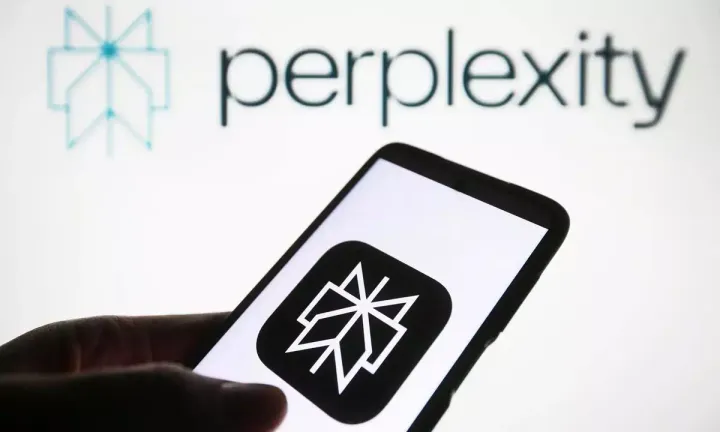NPCI Cracks Down on UPI Scams: “Pull” Payments to Be Phased Out

NPCI to Phase Out ‘Collect Call’ Payments to Curb UPI Frauds
NPCI Takes a Stand Against UPI Scams: ‘Collect Call’ Payments to Be Phased Out
The National Payments Corporation of India (NPCI) is planning a major change to Unified Payments Interface (UPI) transactions by gradually eliminating ‘collect call’ payments for merchants. This move is aimed at reducing online fraud, which has been rising sharply in India’s digital payment landscape.
What Are ‘Collect Call’ Payments?
‘Collect call’ payments, also known as pull transactions, allow merchants to request payments from customers rather than customers initiating the payment themselves. This method has been widely used by online businesses but has also become a major loophole for fraudsters.
On the other hand, push transactions, where customers manually scan QR codes or enter UPI IDs to complete a payment, offer more security and control to the payer.
Why Is NPCI Phasing Out ‘Collect Call’ Payments?
According to banking sources, the decision to eliminate collect call payments is a response to the increasing number of fraud cases in India’s digital banking ecosystem. Fraudsters have exploited this payment method by creating fake websites and sending fraudulent payment requests to unsuspecting customers.
In FY24, there were 29,082 digital banking fraud cases, with financial losses amounting to ₹1,457 crore. The trend has continued in FY25, with 13,133 fraud cases in just six months, resulting in ₹514 crore in losses.
The Rise of Secure UPI Transactions
A large portion of UPI transactions in India already rely on QR codes and UPI IDs rather than collect call requests. Popular platforms like Google Pay, PhonePe, and Paytm have been using payment aggregators to verify merchants, significantly reducing fraud risks.
Even though ‘collect call’ transactions were once a key feature of UPI, their usage has dropped significantly. Reports suggest that they now make up less than 3% of total merchant transactions.
P2P Payments and Additional Safeguards
While NPCI is phasing out collect payments for merchants, peer-to-peer (P2P) collect payments will still be allowed with restrictions. The organization has already imposed a ₹2,000 limit on P2P collect transactions to curb fraudulent requests.
Merchant Verification: The Next Challenge
As NPCI moves towards eliminating collect payments, it also wants banks and payment aggregators to verify large merchants. However, there is no clear framework on how merchant verification will be conducted and who will be responsible for it.
A senior banker pointed out, “The problem is that there is no clarity yet on what kind of merchant verification is being sought here, and who will do the verification. Eventually, I believe this payment flow will just die a slow death.”
What This Means for UPI Users and Merchants
- For customers: Payments will become more secure as fraudsters will find it harder to trick people into sending money via fraudulent requests.
- For merchants: Those relying on collect call payments will need to shift to push transactions using QR codes or UPI ID payments.
- For fraud prevention: The move will make it easier to track transactions and prevent unauthorized payment requests.
Future of UPI Transactions in India
UPI continues to dominate digital transactions in India, with 16 billion transactions recorded in February 2025, out of which 10 billion were merchant payments. This demonstrates the massive adoption of UPI and the need for robust security measures.
While phasing out collect payments is a step in the right direction, NPCI and regulatory bodies need to address merchant verification challenges and ensure seamless adoption of secure payment methods.
The elimination of collect call payments is a crucial step in making UPI transactions safer and reducing fraud. As India moves towards a more secure digital economy, the focus should remain on enhancing fraud prevention measures, improving KYC compliance, and ensuring secure merchant verification processes



